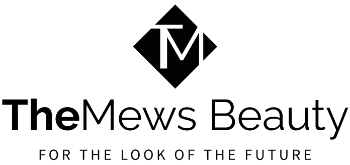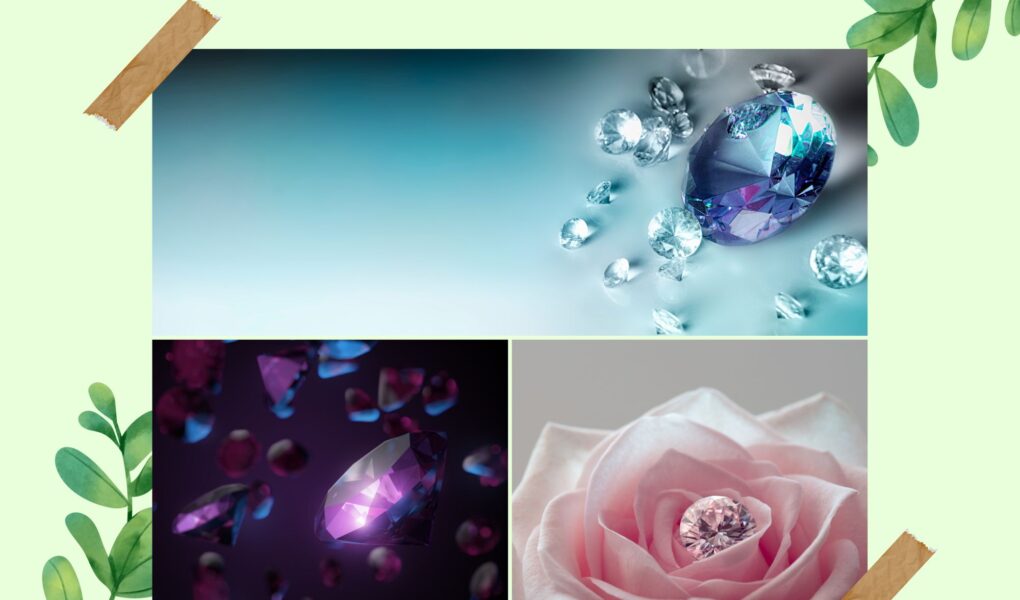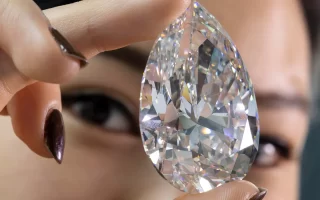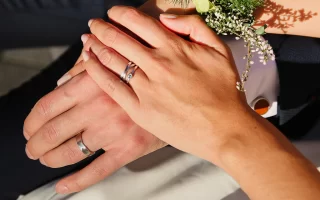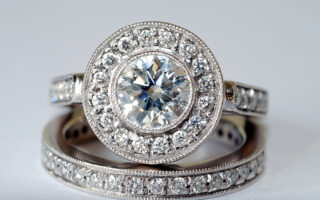Technological advancements have had a profound impact on the diamond industry. While before, the only source of diamonds was those that came from the earth’s crust.
Now we have the option of lab-created or lab-grown diamonds. What you may need to be aware of is that they have been around for quite some time.
The first example of synthetic diamonds came out in 1954. Yet the lab diamond creation processes started as early as the 1940s. But thanks to the Second World War, GE had to postpone Project Superpressure, as they called it.
Please note that the initial gems GE produced were for industrial use. It wasn’t until 1971 that the team managed to make gem-quality crystals.
Our article explores whether VVS diamonds are made in a lab. To answer the question, What is a VVS diamond, we have to go into an in-depth exploration of VVS diamonds.
Table of Contents
VVS Diamonds Meaning
If you know anything about diamonds, you must have come across the 4Cs. This refers to cut, carat, color, and clarity.
When it comes to VVS diamonds, the area of Interest is in clarity. The Gemological Institute of America (GIA) developed a grading system for clarity. We can summarize them as follows:
- Flawless or FL contains zero blemishes or inclusions under 10X magnification.
- Internally Flawless or IF have zero inclusions under 10X magnification.
- Very very included has two categories, namely VVS1 and VVS2. Seeing the difference between the two categories can be difficult. And this applies to experts or trained graders. It doesn’t get easier, even under 10x magnification.
- Very slightly included contains two categories, which are VS1 and VS2. The inclusions or flaws are minor. With some effort, you will see them under 10X magnification.
- Slightly included, like in the cases above, has two categories, namely SI1 and SI2. You will notice the inclusions under 10X magnification.
- Included has three categories, namely I, II, and III. The inclusions are rather noticeable under 10X magnification. This is the lowest grading because the stones lack brilliance and transparency.
Please note that the higher the scale, the more expensive the diamonds. But what does the grading have to do with VVS lab diamonds? Well, we will provide the answer by clarifying the diamond formation process.
Are VVS Diamonds Made In A Lab?
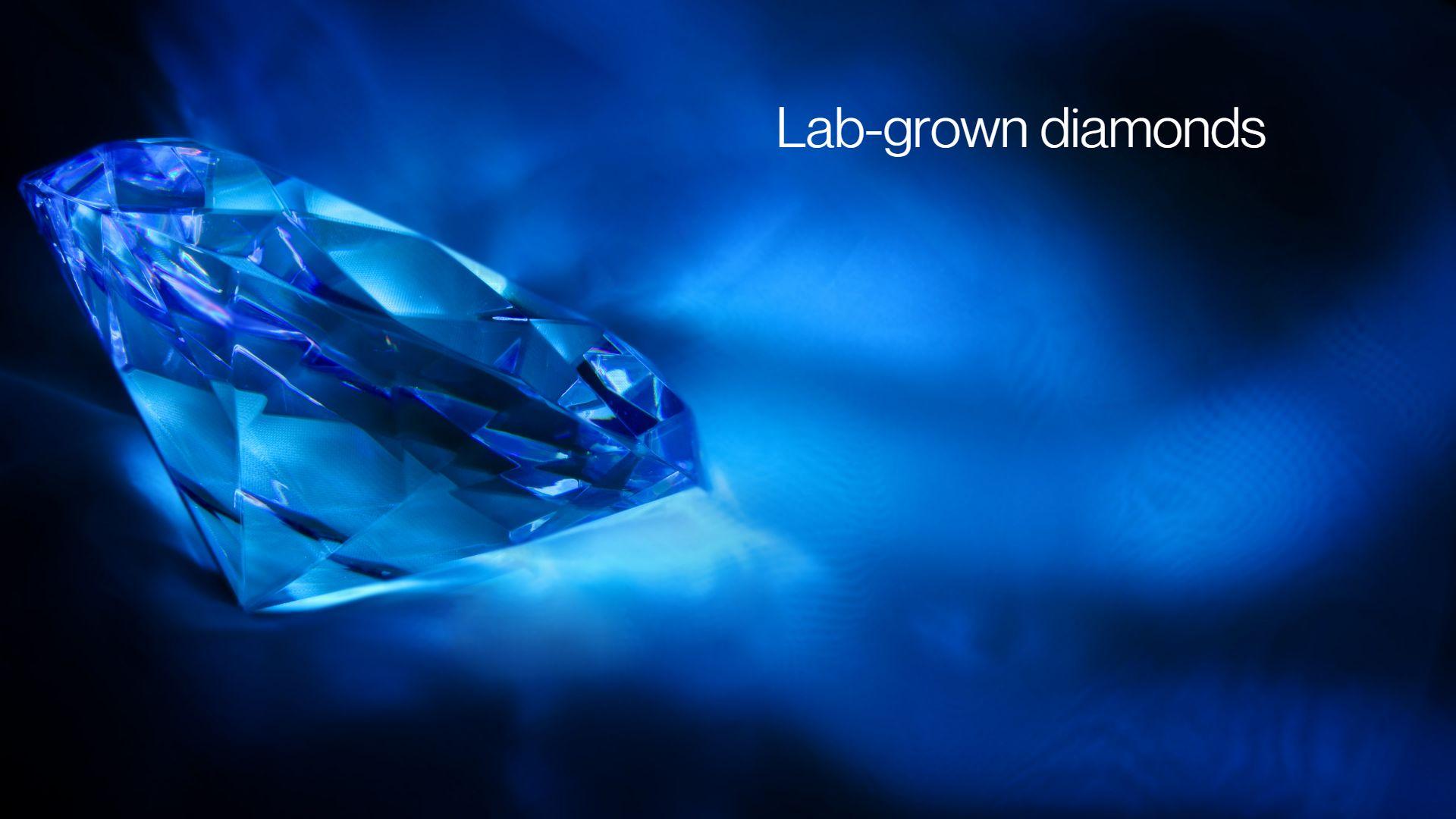
A yes or no answer will suffice to whether VVS diamonds are made in a lab. As we stated in the introduction, lab-grown diamonds have not been around for very long. That is if you compare it with the origin of diamonds.
Historical records indicate that as early as the fourth century BC, Indians were already trading in diamonds. By 1400, the European elite wore precious stones as fashion accessories.
There are two diamond sources and types.
Natural Diamonds
Natural diamonds form in the earth’s crust. We are talking about distances of approximately 100 to 200 km below the surface. The precious stones are a result of the action of high pressure and temperatures on carbon atoms.
The chemical reaction on the carbon atoms causes them to bond into a crystalline structure. Volcanic eruptions and geological processes are responsible for bringing crystals to the surface.
Lab Grown Diamonds
The production of lab-grown diamonds is pretty interesting. The manufacturers must create similar conditions as you would find in the earth’s crust. One of the popular methods is the HPHT or high-pressure, high-temperature technique.
The teams place small diamond seeds in small chambers that contain carbon gasses like hydrogen and methane. They then apply extreme pressure and temperature resulting in the bonding of the carbon atoms.
Another method incorporates the use of CVD or chemical vapor deposition. It is the same chamber and diamond seed method as above. But in this case, the team’s ionized gasses using microwaves or other forms of energy. The result is the bonding of the atoms to form the crystalline structure.
Lab-grown diamonds are receiving a lot of attention. Indeed a cursory internet search will show you celebrities who are endorsing them. Big names are wearing lab-created diamond accessories. These include Zoe Kravitz, Lady Gaga, Penelope Cruz, Mandy Moore, Emma Watson, and Megan Markel.
Indeed some have voiced support for the emerging industry. The actor Leonardo DiCaprio for example became an investor in a lab-grown diamond company.
The spirited adoption of lab-grown diamonds could be due to various reasons. One of the most significant is the rallying call for more ethical and sustainable sourcing of diamonds. For a long time, mining companies have come under the spotlight for reports on poor working conditions. The process also has a negative impact on the environment.
There has also been a reference to blood diamonds. Some countries will sell the diamonds and use the money to finance armed conflict against rebel groups and governments. The same goes for funding human rights abuses, including child and forced labor.
VVS Diamond Formation
From the GIA grading we shared above, the diamonds fall into specific grades due to the inclusions. But what does it even mean?
An inclusion is an impurity or imperfection in diamonds. Unlike external blemishes, inclusions are internal.
During the formation process, other materials may embed in the diamonds. In the end, the foreign material becomes a part of the final diamond.
Now what is interesting is that some of the inclusions are so minor. And even with x10 magnification, you still require expert-level knowledge to see them.
So VVS Diamonds are just one step behind flawless diamonds. Such stones are very rare and come at a hefty price tag.
So How Do You Get VVS Lab Diamonds?
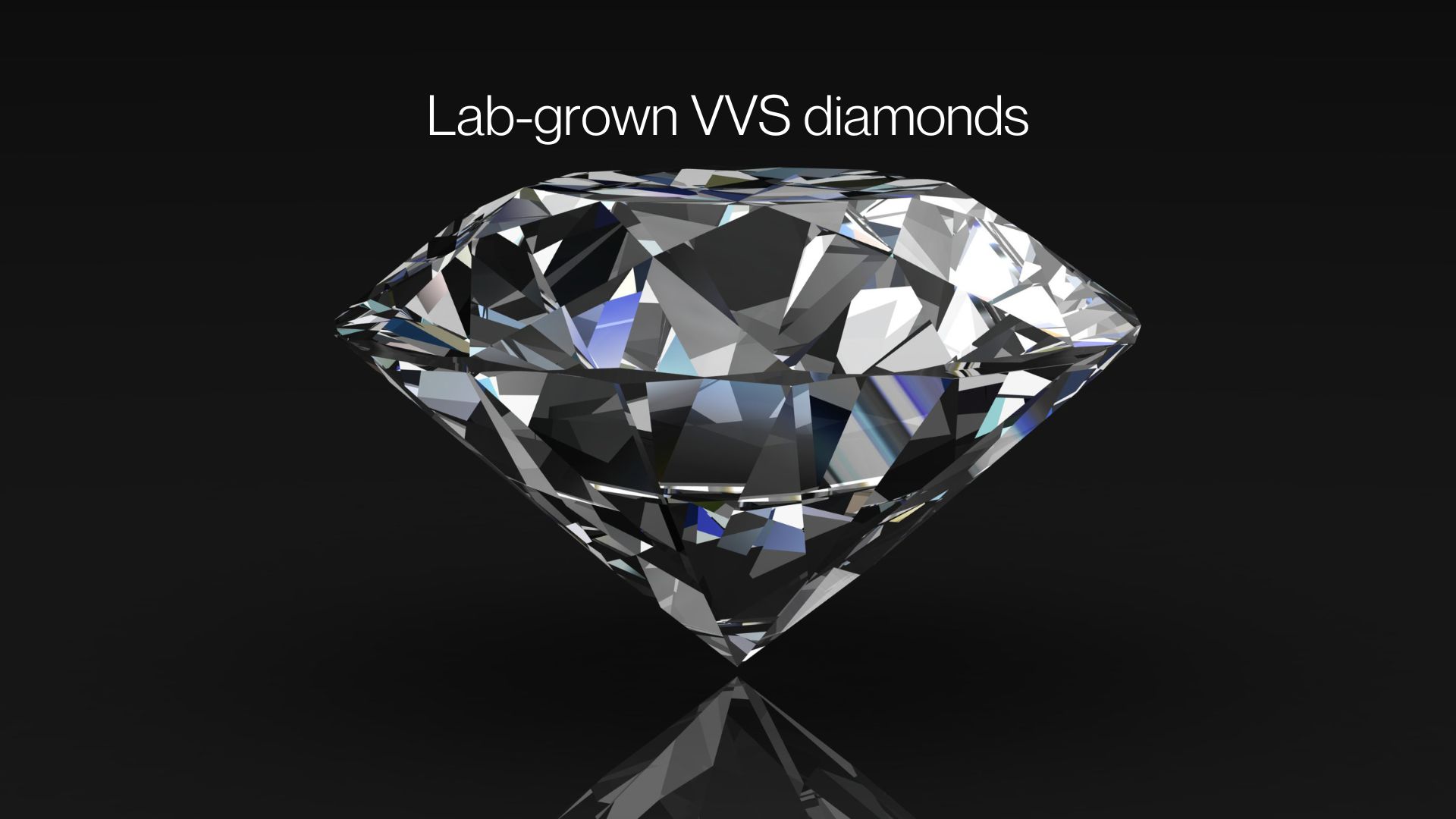
If you know anything about lab settings, you know how tight controls are. It would be easy to think that foreign material would not find its way into the forming diamonds.
Well, despite the most stringent controls and sterile conditions, some impurities can embed in the lab diamonds. The result is VVS lab diamonds that fall under grade VVS1 or VVS2. VVS1 inclusions are minor and very difficult to see under magnification.
VVS2 may have slightly more visible inclusions. But you cannot see the tiny flaws with the naked eye. As stated above, even experts will struggle to catch a glimpse of the impurities.
The inclusions typically vary in size and location within the diamond. If you manage to see them, they take various forms, including:
- Crystals that are white, black, or various colors and shapes
- Cracks that resemble feathers and are transparent or white
- Pinpoint, or dot-like flaws may typically appear anywhere or everywhere in the diamond. Due to their transparency, they are challenging to see with the naked eye.
- Clouds or tiny clusters that give a hazy or cloudy appearance to the diamond
- Needle-like inclusions that look like fibers and are typically transparent or white
So are VVS diamonds made in a lab? Yes, they can be under the conditions we have highlighted above. But you will also find VVS diamonds in those that come from the earth.
Distinguishing VVS Lab Diamonds From VVS Simulated Diamonds
There is one significant distinction between VVS lab diamonds and VVS simulated diamonds. And it all comes down to the fact that one is fake and the other is real.
Are VVS lab diamonds real? Very much so, despite the reference to them as synthetic diamonds. We reiterate that the manufacturers mimic the exact conditions that occur during natural diamond formation. The only difference is that it occurs in a lab and not in the earth’s crust.
Please note that the resulting VVS diamonds undergo the same grading as natural diamonds. That means they have to satisfy the GIA standards. And yes, that applies to all the 4Cs.
But, the cost of VVS lab diamonds will be cheaper than the natural rocks. You could spend up to 80% less on your diamond engagement ring or that lovely diamond tennis bracelet.
Many people are concerned about whether VVS lab diamonds are real. Well, you can rest easy knowing they are. The lower price does not mean that you are buying a fake product. The reasons for the cheaper cost are numerous, including:-
Cost
Lab production of the diamonds increases availability. Natural diamonds are more expensive because they maximize the rarity factor. The rarer, the more expensive.
Natural Diamonds pass through many hands before they get to the final customer. Numerous intermediaries handle the stones from the raw product to the final cut product.
If you’re buying accessories like diamond engagement rings, the designers must also factor in their cost. The same applies to the markup the retailers have to put. All these costs will add to the high price of the diamonds.
The same does not apply to the VVS lab diamonds. It can come straight from the lab to the designers. That cuts out the go-betweens costs.
Production Processes
The VVS lab diamonds production cost is much lower than the mining process. Diamond mining is a labor-intensive and costly endeavor.
Supply consistency
The consistency in the supply of lab-grown diamonds removes the price hikes due to fluctuation. Diamond traders tend to cash in when demand outweighs supply. De Beers, for example, hiked prices by 8% in the first quarter of 2022. At the time, there was a buying frenzy for uncut diamonds.
What About VVS Simulated Diamonds?
VVS simulated diamonds, on the other hand, are fake. If you look at them, they will resemble diamonds. But they do not share any similarities in terms of physical, chemical, or optical characteristics.
Several materials go into the production of lab-grown simulated diamonds. These include cubic zirconia, sapphire, moissanite, and topaz. Indeed these gemstones have for centuries been diamond simulants.
It is worth noting that moissanite and cubic zirconia are lab-produced diamond simulants. There are some noticeable differences between VVS diamond simulants and VVS diamonds.
Hardness
Simulated diamonds tend to be very fragile. They can easily scratch, especially on the facet junctions. This is unlike diamonds that fall at ten on the Mohs hardness scale. 10 is the highest achievable grade. That is why many people will refer to diamonds as being the hardest natural substance. It also gives them the ability to handle things like polishing without losing their luster.
Durability
Simulated diamonds are very fragile, and you must take good care of them. They are prone to chipping and may even break.
Fire
Many diamond simulants like moissanite tend to have an intense fire. That is usually a telling sign for anyone who knows a lot about diamonds. For some people, it comes across as looking artificial.
But it comes down to personal preference. If you want your diamond engagement ring to be noticeable across the room, then you would appreciate the fire of simulated diamonds.
Grading
The GIA does not have grading guidelines nor issue reports for VVS simulated diamonds.
Value
It would be easy to think that since they are fake, VVS simulated Diamonds are cheap. Well, that is true if you compare them to VVS diamonds or VVS lab diamonds. But several factors go into the pricing structure.
Cubic zirconia, which is common with simulated diamonds, can cost you several hundred dollars for higher quality stones. Moissanite is a bit more expensive than cubic zirconia and can cost thousands of dollars depending on the stone’s quality.
But if you want to invest your money in precious stones, VVS lab diamonds are a much better option.
Final Thoughts
Are VVS diamonds made in a lab? As we said above, inclusions can happen in a lab setting during the formation of the diamonds. And the same applies under the natural conditions in the earth’s crust. But what you get are high-quality stones, which are rare and stunning.
We end this article by reiterating a point we made earlier. Take time to learn everything you can about diamonds if you want to purchase some. The industry has had its fair share of scammers. They could be selling you a lower-quality stone at a higher price. We have also talked about simulated diamonds, so be on the lookout.
Your best option always is to buy diamond accessories from reputable dealers. Research their industry reputation and read customer reviews.
